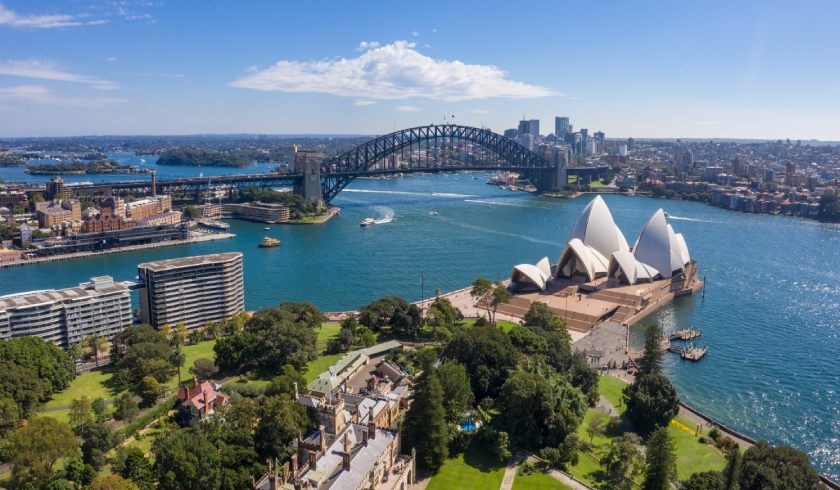Sydney, Melbourne, Canberra prices push national average into decline
Despite most capital city markets experiencing an increase in dwelling value, national housing prices have recorded their first fall in nearly two years.

CoreLogic’s latest Home Value Index (HVI) report has revealed that national dwelling prices have fallen for the first time since September 2020, in spite of the fact that five of Australia’s eight capital cities reported an increase last month.
The dampening of housing conditions in May, which has resulted in national values decreasing overall by -0.1 per cent, has been attributed to a mixture of rising interest rates and inventory level as well as lowered consumer sentiment in the three major markets.
Sydney, which reported a decrease in dwelling values of 1 per cent in May, has been experiencing progressive value decline since February, while Melbourne has reported a drop in prices in four of the past six months, culminating in a 0.7 per cent fall last month. Similarly, Canberra has registered its first monthly decline (0.1 per cent) since July 2019.
This has pushed national capital cities’ values down by 0.3 per cent, despite overall growth in the rest of the capital cities.
Adelaide reported the highest growth in May (1.8 per cent), followed by Brisbane (0.8 per cent) among the rest of the nation’s capitals. While in Darwin, prices grew by 0.5 per cent, they rose 0.6 per cent in Perth, and Hobart saw a jump of 0.3 per cent throughout May.
Additionally, national regional markets recorded a 0.5 per cent increase in the HVI in May, with regional South Australia (1.3 per cent) notching the largest growth.
While last month’s cash rate rise is a factor in declining HVI, CoreLogic research director Tim Lawless stated there were a number of factors that have contributed to value decreases.
“There’s been significant speculation around the impact of rising interest rates on the property market and last month’s increase to the cash rate is only one factor causing growth in housing prices to slow or reverse,” he said.
He noted that housing market conditions have been declining at a macro-level since the quarterly rate of growth for national dwelling values peaked in May 2021, which occurred due to a rise in consumer sentiment and a trend of higher fixed mortgages.
Mr Lawless said that “since then [May 2021], housing has been getting more unaffordable, households have become increasingly sensitive to higher interest rates as debt levels increased, savings have reduced, and lending conditions have tightened”.
“Now we are also seeing inflation and a higher cost of debt flowing through to less housing demand,” he said.
The report also outlined that the annual rate of value change has significantly declined over recent months to 11.7 per cent across the combined capitals, well below the peak of 21.3 per cent seen in the 12 months before January 2022.
Mr Lawless said this trend has extended itself to regional Australia, with an anticipated continual downward value trend already highlighted by the fact that annual growth dropped to 22.1 per cent from the 26.1 per cent seen in January. And while it is anticipated that this cooling trend will continue, Mr Lawless concluded that supply levels could protect certain regional areas.
“Arguably some regional markets will be somewhat insulated from a material downturn in housing values due to an ongoing imbalance between supply and demand as we continue to see advertised stock levels remain extraordinarily low across regional Australia,” he said.
